Knowing what the bathroom is called in Italian is one of those essential skills every traveller needs. But did you know there are several ways to say it, depending on the situation? Whether you’re in a formal setting or having a casual chat, Italian offers a variety of expressions to suit the context! Below, I’ve gathered 10 different ways to refer to the bathroom in Italian, along with some fun facts about where these terms come from and when to use them.
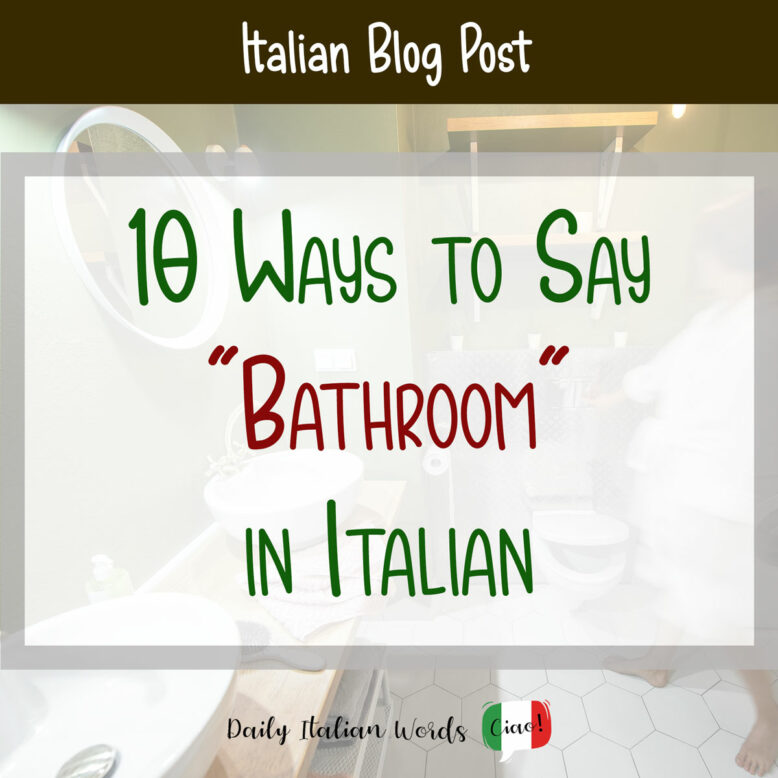
1. Il bagno
Bagno is the most common way to say bathroom in Italian, and it’s used all the time. The roots of this word trace back to the Latin word balneum, which meant soaking in water – because, hey, that’s what happens when you’re washing yourself, right? Over time, the meaning expanded to cover any place where you’re handling your hygiene business.
So, if you need ask where the bathroom is in Italian, you would say:
Mi scusi, dov‘è il bagno?
Excuse me, where is the toilet?
But bagno also pops up in numerous expressions you’ll hear in everyday conversation, such as:
- la vasca da bagno: the bathtub (though many Italians simply call it a vasca)
- il costume da bagno: the swimsuit
- fare/farsi un bagno: to take a bath – but it can also mean “to go for a swim,” so be ready for some double meanings!
- mettere a bagno: to soak
- Vaffambagno! or Vai a fare un bagno!: this literally means “go take a bath!” and it’s a less rude way to say… yeah, that phrase!
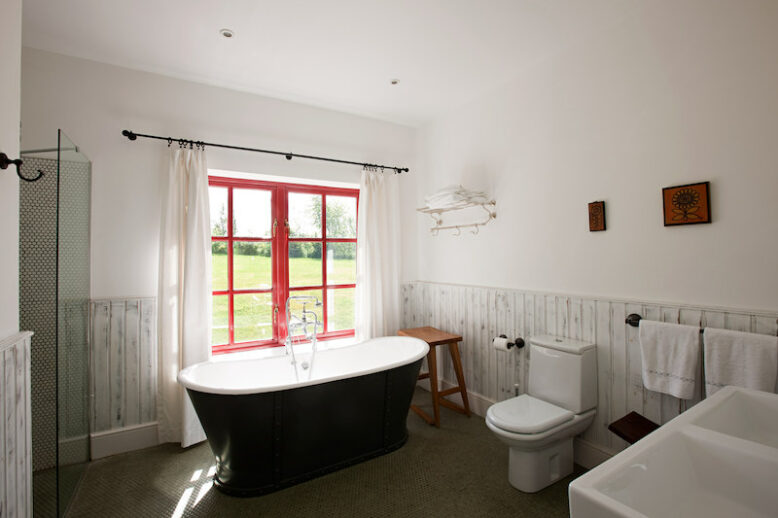
2. Il gabinetto
The word gabinetto comes from the French word cabinet, which originally meant a posh, private room where serious business happened. In Italian, it’s still used with this meaning in expressions like gabinetto di governo (the government’s cabinet) and capo di gabinetto (head of an administrative office). So, right from the start, gabinetto has had an air of importance!
In the 19th century, when the idea of private bathrooms was becoming more common, gabinetto started to be used as a synonym for bathroom in Italian. It kind of makes sense, right? The bathroom is the most private room in our houses, and let’s face it—what goes on in there is definitely important!
These days, gabinetto can refer to both the actual room with the toilet and specifically the toilet itself. But here’s a tip: if you need to ask for the bathroom in Italian, don’t use the word gabinetto, as it sounds a bit blunt. Instead, go with bagno (always a safe bet!) And save gabinetto for casual chats with close friends or family:
Non vado al gabinetto da tre giorni!
I haven’t gone to the bathroom in three days!
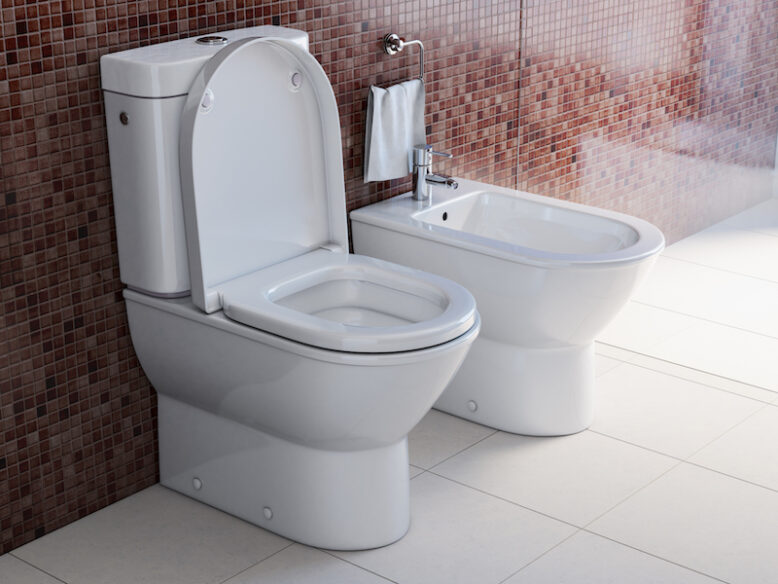
3. Il cesso
The word cesso is definitely not the classiest way to say bathroom in Italian, but its origins are far more refined than you’d expect. It comes from the Latin secessus, meaning “secluded” or “withdrawn” – a nod to the olden days when bathrooms were located outside, tucked away in the courtyards. In line with this, for years Italian trains had signs for the bathroom labeled ritirata, as it was literally a place to… “retreat”!
That said, these days, cesso is strictly casual, so use it only when you’re in a playful, cheeky mood with your friends:
Aspettami qui, vado un attimo al cesso.
Wait for me here, I’m just going to the toilet for a sec.
Cesso is also slang for anything ugly or unpleasant, even referring to people. It’s super common in everyday, informal speech, especially among the younger crowd. You’ll hear things like Questa stanza è un cesso (This room is a dump) or Ultimamente mi sento proprio un cesso (Lately, I feel like a total mess).
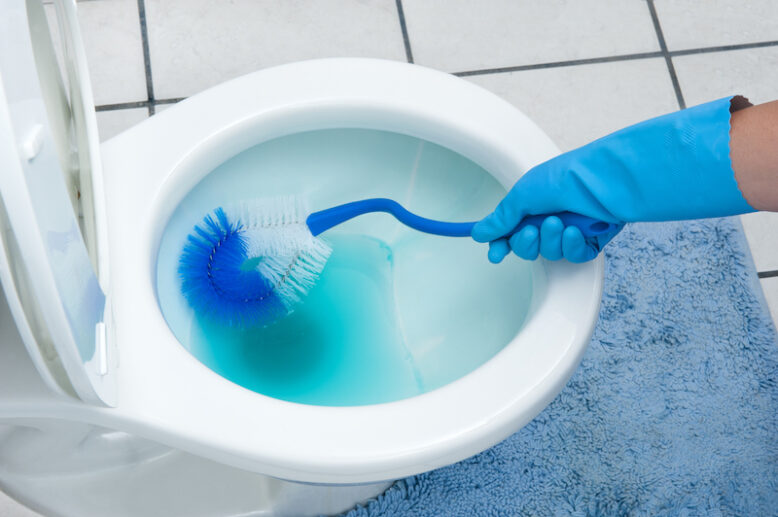
4. La toilette
Pronounced in the elegant French way (twa-let), toilette is Italy’s stylish word for bathroom. But it didn’t always mean what you think! This fancy term comes from the French word toile, which used to be just a piece of cloth – either covering a dressing table or casually draped over someone’s shoulders during a haircut or shave. Over time, the word toilette came to mean the whole get-ready routine and eventually, it made its way to the more down-to-earth concept of a trip to the toilet.
Even with this shift, in Italian toilette still keeps its air of class. It’s reserved for formal situations, like when you’re in a classy restaurant or hotel and need to ask:
Scusi, dov’è la toilette?
Excuse me, where is the washroom?

5. Il WC
You probably guessed it – WC is the English word that stands for water closet, pronounced vee-chee in Italian. While you won’t hear it in everyday conversation, it’s a term you’ll come across on bathroom doors in public places and signs, so it’s worth keeping in your vocabulary!
Si prega di non gettare assorbenti o altri oggetti nel WC.
Please, do not throw sanitary pads or other objects in the toilet.
Italians often drop the “C” and simply say Water (pronounced vah-ter) to refer to the toilet bowl:
Il water è di nuovo intasato.
The toilet is clogged again.
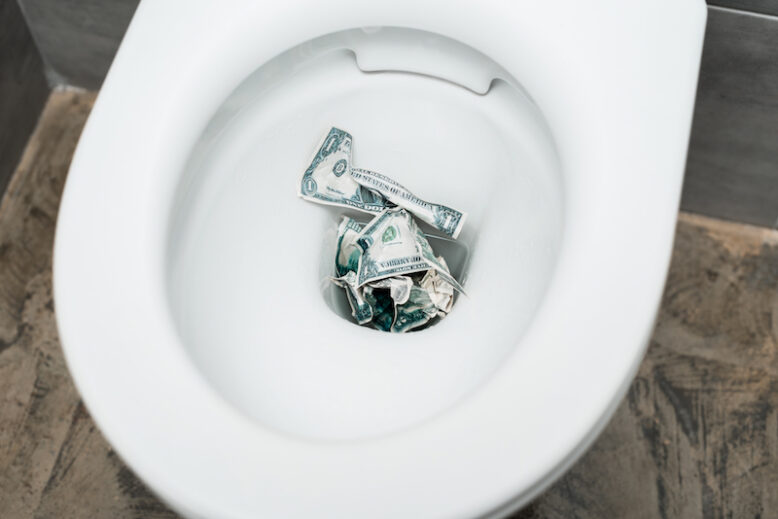
6. I servizi igienici
When you’re in Italy and need to ask for the bathroom, servizi igienici (literally “sanitary services”) is your go-to phrase for formal settings. Often shortened to just servizi, you’ll likely hear it in offices, fancy restaurants, and other professional spaces, just like toilette:
Mi scusi, dove sono i servizi?
Excuse me, where are the restrooms?
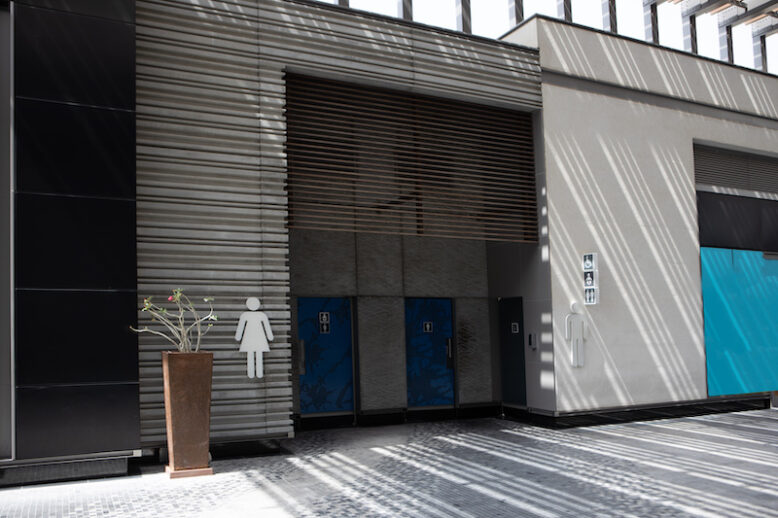
7. La tazza
In Italian, la tazza literally translates to the cup, but in the bathroom world, it specifically refers to the toilet bowl. Now, before you raise an eyebrow, think about it: both a cup and a toilet bowl share some similarities – they have a similar shape, and hold liquids! So, it’s a metaphorical extension based on their physical similarity.
Tazza is a very casual term, perfect for when you’re chatting with friends or family (but definitely not one for your boss!):
Mi è cascato il telefono nella tazza!
I dropped my phone in the toilet!
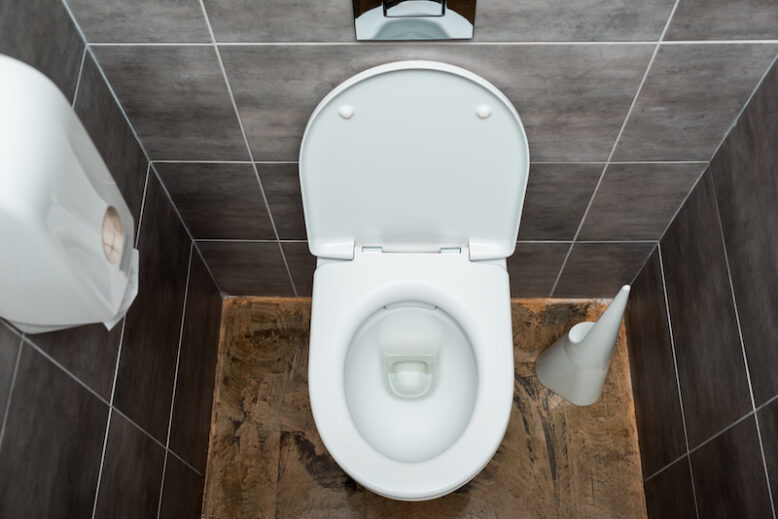
8. L’orinatoio
The orinatoio (urinal in English) is a wall-mounted toilet fixture designed for men to use while standing. This name comes from the Italian verb orinare, meaning to urinate. Urinals are commonly found in public restrooms, especially in the aree di servizio (service areas) along Italy’s motorways.
A more colorful term is pisciatoio, which derives from pisciare (to pee). This word tends to pop up when describing a less-than-sparkling space – the kind of place where you’d want to keep your distance. And here’s a fun fact: there’s a beach on Tuscany’s Elba Island called Cala del Pisciatoio, which, despite its name, is known for its stunning beauty!
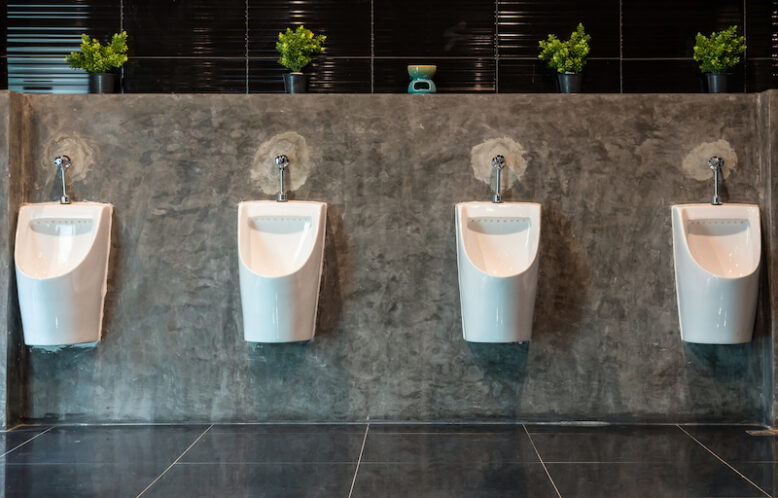
9. Il vespasiano
The term vespasiano once referred to a public restroom in ancient Rome, and its origin is tied to an interesting story involving Vespasian, the emperor behind the construction of the Colosseum in 72 AD.
During his reign, he came up with the idea of introducing an unusual but lucrative tax… on urine! In ancient times, urine was a valuable commodity, especially for its use in laundries to clean and bleach fabrics. Seeing an opportunity, Vespasian imposed a tax on its collection, boosting the empire’s revenue. Genius!
That’s why public toilets became known as vespasiani. And when his son questioned the whole idea of such a tax, Vespasian famously replied with the phrase pecunia non olet (money doesn’t stink) – a saying still used today to suggest that the source of earnings doesn’t affect their value.
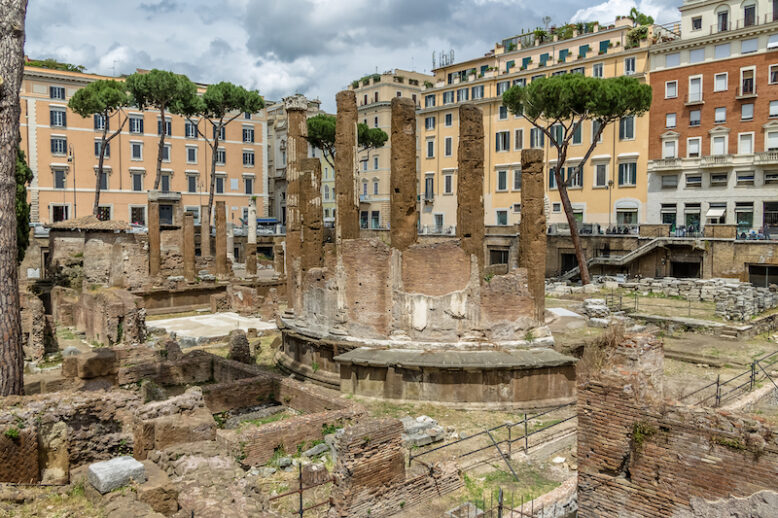
10. La latrina
Latrina is an old term for bathroom, with roots stretching back to ancient Rome. It originates from the Latin word lavatrina, meaning a place for washing. Over time, the word was shortened to latrina and referred to the public restrooms of ancient Romans, consisting of marble benches with holes and a continuous flow of water beneath.
However, in modern Italian, latrina no longer refers to a bathroom. Instead, it’s used to describe a place that’s filthy or extremely dirty. So, the next time someone uses this word, you might want to take a good look around!
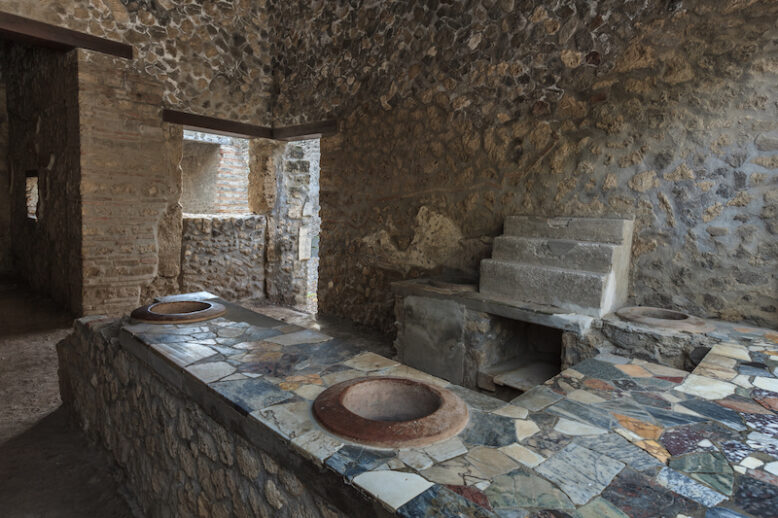

Valentina Nicastro is a travel writer in love with her home country, Italy. Having travelled widely around the globe, she realised there was more to explore closer to home and decided to put the passport aside for a while. When she is not immersed in documenting Italy, you’ll find her donning her communication consultant hat, weaving words as a content writer and bridging linguistic divides as a translator.


